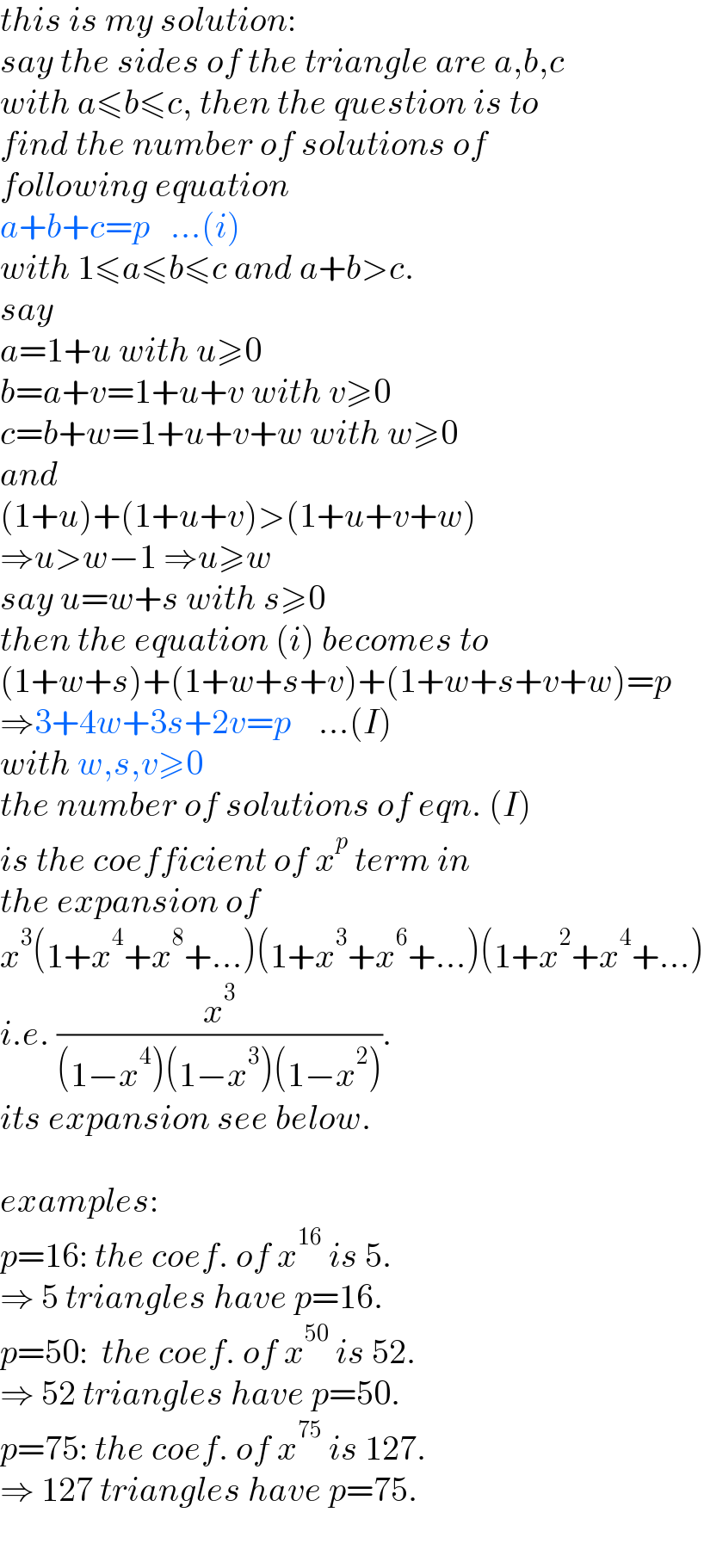Question Number 188301 by mr W last updated on 28/Feb/23

Commented by mr W last updated on 28/Feb/23

Commented by BaliramKumar last updated on 27/Feb/23

Commented by mr W last updated on 27/Feb/23

Commented by mr W last updated on 27/Feb/23

Answered by mr W last updated on 04/Mar/23

Commented by mr W last updated on 04/Mar/23

Commented by manxsol last updated on 27/Feb/23

Commented by mr W last updated on 28/Feb/23

Commented by mr W last updated on 28/Feb/23

Commented by BaliramKumar last updated on 28/Feb/23

